-
 Bitcoin
Bitcoin $79,012.1761
-4.78% -
 Ethereum
Ethereum $1,570.4026
-12.09% -
 Tether USDt
Tether USDt $0.9994
-0.02% -
 XRP
XRP $1.9666
-7.46% -
 BNB
BNB $555.4328
-6.02% -
 USDC
USDC $0.9999
-0.01% -
 Solana
Solana $107.5201
-9.67% -
 Dogecoin
Dogecoin $0.1506
-10.27% -
 TRON
TRON $0.2315
-2.62% -
 Cardano
Cardano $0.5814
-10.27% -
 UNUS SED LEO
UNUS SED LEO $8.8602
-2.17% -
 Chainlink
Chainlink $11.3795
-10.04% -
 Toncoin
Toncoin $3.0063
-7.92% -
 Stellar
Stellar $0.2370
-5.38% -
 Avalanche
Avalanche $16.1395
-9.48% -
 Shiba Inu
Shiba Inu $0.0...01134
-7.55% -
 Sui
Sui $1.9135
-13.06% -
 Hedera
Hedera $0.1425
-11.59% -
 Polkadot
Polkadot $3.7145
-5.76% -
 MANTRA
MANTRA $5.9824
-4.31% -
 Bitcoin Cash
Bitcoin Cash $272.1059
-9.40% -
 Litecoin
Litecoin $71.2279
-13.11% -
 Dai
Dai $1.0000
-0.02% -
 Ethena USDe
Ethena USDe $0.9987
-0.05% -
 Bitget Token
Bitget Token $4.1866
-5.67% -
 Pi
Pi $0.5915
4.23% -
 Monero
Monero $200.3568
-5.71% -
 Hyperliquid
Hyperliquid $10.5427
-10.74% -
 Uniswap
Uniswap $5.1188
-11.73% -
 OKB
OKB $50.3711
-2.37%
How is the risk rate of Binance margin trading calculated?
The risk rate on Binance margin trading is calculated as Liability divided by Equity, helping traders gauge how close they are to liquidation.
Apr 04, 2025 at 10:36 pm
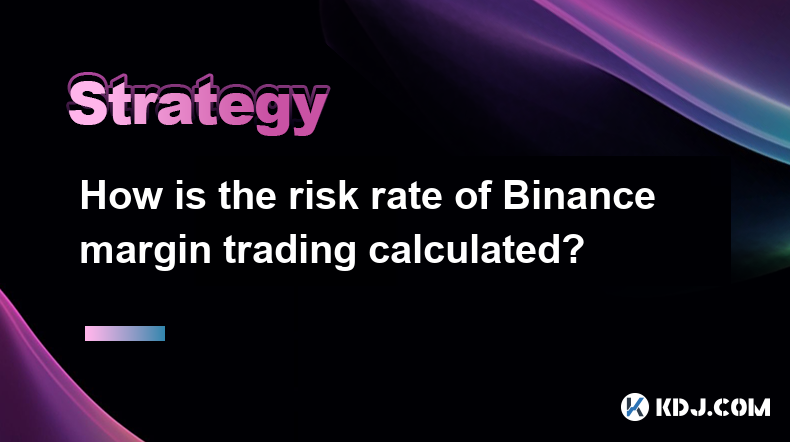
How is the Risk Rate of Binance Margin Trading Calculated?
Binance margin trading allows users to borrow funds to trade cryptocurrencies, amplifying potential profits but also increasing potential losses. Understanding the risk rate is crucial for managing your trades effectively. The risk rate in Binance margin trading is calculated based on several factors, including your account's equity, borrowed funds, and the value of your positions. Let's delve into the specifics of how this calculation is performed.
h3 Understanding the Components of Risk Rate
The risk rate in Binance margin trading is essentially a measure of how close your account is to being liquidated. It is calculated using the following formula:
[ \text{Risk Rate} = \frac{\text{Liability}}{\text{Equity}} ]
Here, Liability refers to the total amount of funds you have borrowed, and Equity is the total value of your account, which includes your initial margin plus any unrealized profits or losses.
h3 Calculating Liability
Your liability in Binance margin trading is straightforward. It is the total amount of funds you have borrowed from Binance to open your positions. For example, if you have borrowed 1 BTC to trade, your liability is 1 BTC.
h3 Calculating Equity
Equity is a bit more complex as it fluctuates with the market. It is calculated as follows:
[ \text{Equity} = \text{Initial Margin} + \text{Unrealized P/L} ]
- Initial Margin is the amount of funds you initially put into your margin account to open a position.
- Unrealized P/L (Profit/Loss) is the profit or loss you would realize if you were to close all your positions at the current market price.
For instance, if you initially put in 0.5 BTC and your unrealized profit is 0.1 BTC, your equity would be 0.6 BTC.
h3 The Role of Maintenance Margin
Binance also uses a concept called Maintenance Margin, which is the minimum amount of equity required to keep your positions open. If your equity falls below this level, your positions may be liquidated. The maintenance margin requirement varies depending on the asset and the leverage you are using.
h3 Example of Risk Rate Calculation
Let's walk through an example to illustrate how the risk rate is calculated. Suppose you have borrowed 1 BTC to trade and your initial margin was 0.5 BTC. If the current market value of your positions results in an unrealized profit of 0.1 BTC, your equity would be:
[ \text{Equity} = 0.5 \text{ BTC} + 0.1 \text{ BTC} = 0.6 \text{ BTC} ]
Your liability remains 1 BTC. Therefore, your risk rate would be:
[ \text{Risk Rate} = \frac{1 \text{ BTC}}{0.6 \text{ BTC}} \approx 1.67 ]
A risk rate of 1.67 means that your account is 1.67 times closer to liquidation than it is to being safe. The closer the risk rate is to 1, the higher the risk of liquidation.
h3 Monitoring and Managing Your Risk Rate
To manage your risk rate effectively, you need to monitor it closely. Binance provides tools and indicators within the platform to help you keep track of your risk rate in real-time. Here are some steps you can take to manage your risk rate:
- Reduce Position Size: If your risk rate is getting too high, consider reducing the size of your positions to lower your liability.
- Add More Margin: You can add more funds to your margin account to increase your equity and lower your risk rate.
- Close Losing Positions: If certain positions are causing your equity to drop, consider closing them to reduce your risk.
h3 Practical Steps to Calculate Your Risk Rate on Binance
To calculate your risk rate on Binance, follow these steps:
- Log into Your Binance Account: Navigate to the margin trading section.
- Check Your Positions: Look at the current value of your open positions and any unrealized profits or losses.
- View Your Liability: This is the total amount of funds you have borrowed.
- Calculate Your Equity: Add your initial margin to your unrealized profit or loss.
- Use the Risk Rate Formula: Divide your liability by your equity to get your risk rate.
By following these steps, you can keep a close eye on your risk rate and make informed decisions to manage your margin trading activities.
Frequently Asked Questions
Q1: Can the risk rate change throughout the day?
Yes, the risk rate can change throughout the day as the market value of your positions fluctuates. It's important to monitor it regularly, especially during volatile market conditions.
Q2: What happens if my risk rate exceeds a certain threshold?
If your risk rate exceeds the threshold set by Binance, your positions may be subject to liquidation. This threshold is typically when your equity falls below the maintenance margin requirement.
Q3: Is there a way to set alerts for my risk rate on Binance?
Binance does not currently offer a direct feature to set alerts for your risk rate. However, you can use third-party tools or manually check your risk rate frequently to stay informed.
Q4: How does leverage affect my risk rate?
Higher leverage increases your potential profits but also increases your liability, which can lead to a higher risk rate. It's important to use leverage cautiously and understand its impact on your risk rate.
Disclaimer:info@kdj.com
The information provided is not trading advice. kdj.com does not assume any responsibility for any investments made based on the information provided in this article. Cryptocurrencies are highly volatile and it is highly recommended that you invest with caution after thorough research!
If you believe that the content used on this website infringes your copyright, please contact us immediately (info@kdj.com) and we will delete it promptly.
- Pepe (PEPE) Weekly Performance Hints At Huge Surge
- 2025-04-07 04:15:13
- XRP Price Tanks 12.8% This Week — More Pain to Come?
- 2025-04-07 04:15:13
- XRP's Funding Rate Has Dropped to Negative 0.012%, a Level Last Seen When the Asset Traded Near $0.33
- 2025-04-07 04:10:13
- A major supply event is coming for the SUI token
- 2025-04-07 04:10:13
- Memecoin DEX PumpSwap Makes a Significant Impact, Attracting 700K Wallets and Facilitating 30M Swaps
- 2025-04-07 04:05:12
- Ronin Network (RON) Has Retraced Heavily This Year
- 2025-04-07 04:05:12
Related knowledge
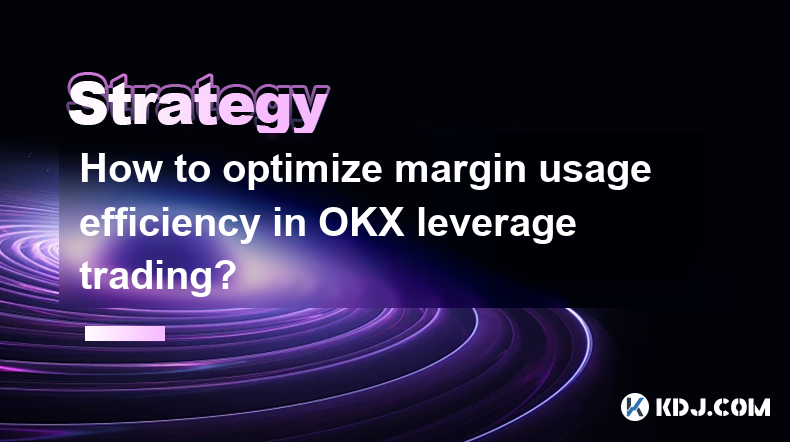
How to optimize margin usage efficiency in OKX leverage trading?
Apr 04,2025 at 03:21pm
Margin usage efficiency is a critical aspect of leverage trading on platforms like OKX, where traders aim to maximize their returns while managing risk. Understanding how to optimize margin usage can significantly enhance your trading performance. This article will delve into various strategies and techniques to help you make the most out of your margin...
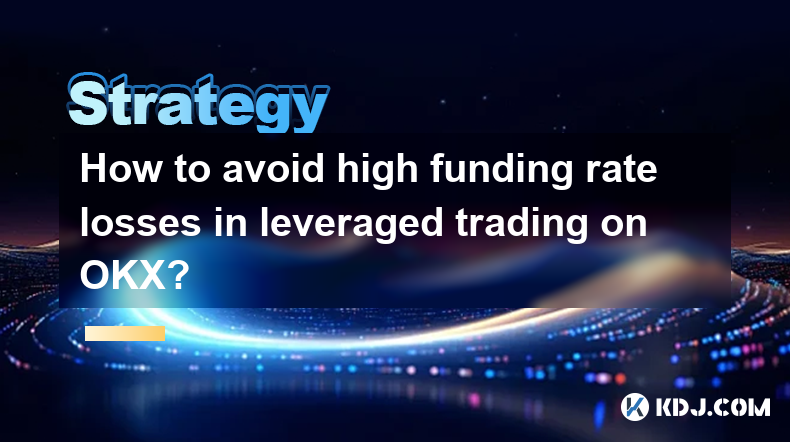
How to avoid high funding rate losses in leveraged trading on OKX?
Apr 04,2025 at 05:28pm
Understanding Funding Rates in Leveraged Trading on OKXFunding rates are a critical component of leveraged trading on platforms like OKX. They represent the periodic payments made between traders to maintain the balance between the futures price and the spot price of the underlying asset. When trading with leverage, understanding and managing funding ra...
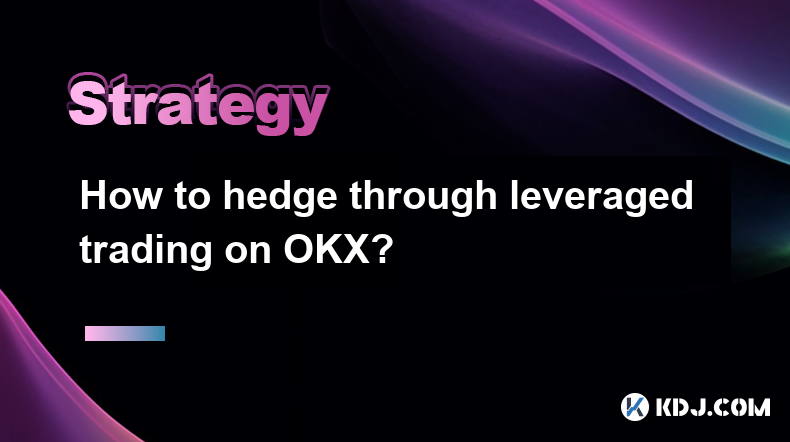
How to hedge through leveraged trading on OKX?
Apr 04,2025 at 01:42pm
Hedging through leveraged trading on OKX can be an effective strategy for managing risk in the volatile cryptocurrency market. This article will guide you through the process of setting up and executing a hedging strategy using OKX's leveraged trading features. We will cover the basics of leveraged trading, how to set up a hedge, and the steps to execut...
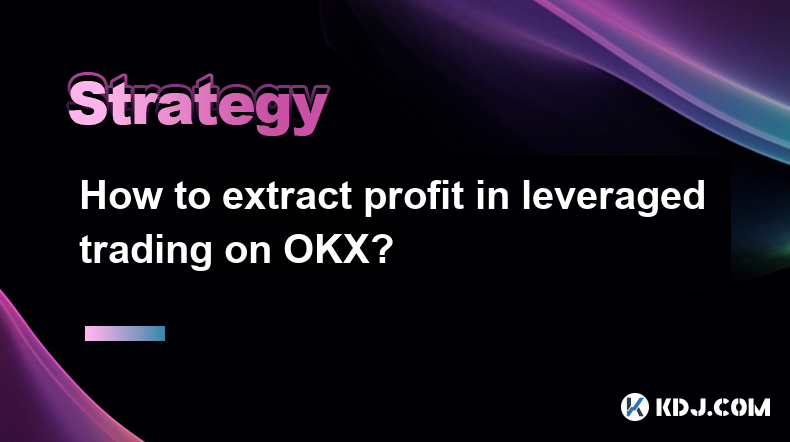
How to extract profit in leveraged trading on OKX?
Apr 04,2025 at 05:42am
Leveraged trading on OKX can be a powerful tool for traders looking to amplify their potential profits. However, it also comes with increased risk, making it essential to understand how to effectively extract profit from these trades. This article will guide you through the process of leveraging OKX's platform to maximize your gains while managing the i...
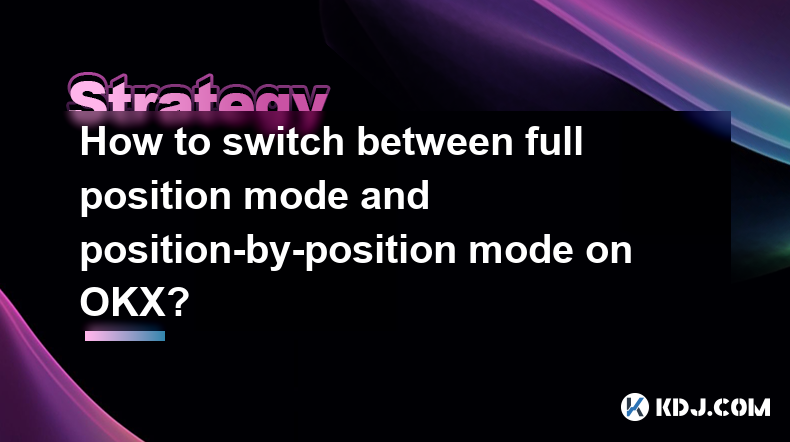
How to switch between full position mode and position-by-position mode on OKX?
Apr 06,2025 at 11:50am
Switching between full position mode and position-by-position mode on OKX can be crucial for managing your trading strategy effectively. Understanding the differences between these modes and knowing how to switch them is essential for any trader. In this article, we will guide you through the process step-by-step, ensuring you can easily navigate these ...
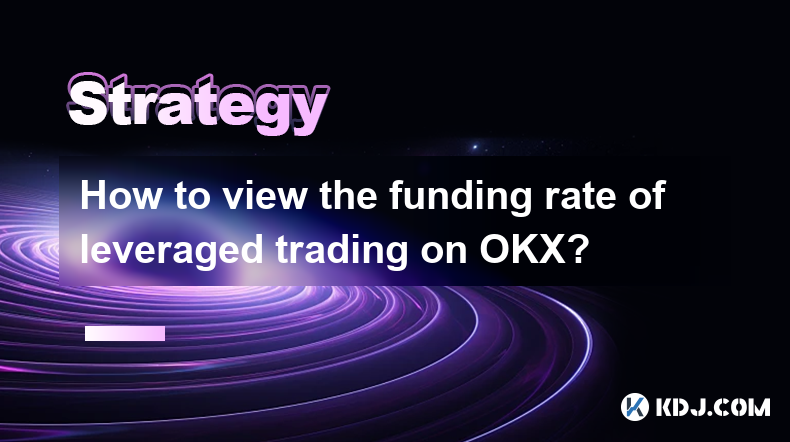
How to view the funding rate of leveraged trading on OKX?
Apr 04,2025 at 07:07am
Understanding the funding rate is crucial for anyone involved in leveraged trading on OKX. The funding rate is a mechanism used in perpetual futures contracts to ensure that the market price of the futures remains closely aligned with the spot price of the underlying asset. This article will guide you through the process of viewing the funding rate on O...

How to optimize margin usage efficiency in OKX leverage trading?
Apr 04,2025 at 03:21pm
Margin usage efficiency is a critical aspect of leverage trading on platforms like OKX, where traders aim to maximize their returns while managing risk. Understanding how to optimize margin usage can significantly enhance your trading performance. This article will delve into various strategies and techniques to help you make the most out of your margin...

How to avoid high funding rate losses in leveraged trading on OKX?
Apr 04,2025 at 05:28pm
Understanding Funding Rates in Leveraged Trading on OKXFunding rates are a critical component of leveraged trading on platforms like OKX. They represent the periodic payments made between traders to maintain the balance between the futures price and the spot price of the underlying asset. When trading with leverage, understanding and managing funding ra...

How to hedge through leveraged trading on OKX?
Apr 04,2025 at 01:42pm
Hedging through leveraged trading on OKX can be an effective strategy for managing risk in the volatile cryptocurrency market. This article will guide you through the process of setting up and executing a hedging strategy using OKX's leveraged trading features. We will cover the basics of leveraged trading, how to set up a hedge, and the steps to execut...

How to extract profit in leveraged trading on OKX?
Apr 04,2025 at 05:42am
Leveraged trading on OKX can be a powerful tool for traders looking to amplify their potential profits. However, it also comes with increased risk, making it essential to understand how to effectively extract profit from these trades. This article will guide you through the process of leveraging OKX's platform to maximize your gains while managing the i...

How to switch between full position mode and position-by-position mode on OKX?
Apr 06,2025 at 11:50am
Switching between full position mode and position-by-position mode on OKX can be crucial for managing your trading strategy effectively. Understanding the differences between these modes and knowing how to switch them is essential for any trader. In this article, we will guide you through the process step-by-step, ensuring you can easily navigate these ...

How to view the funding rate of leveraged trading on OKX?
Apr 04,2025 at 07:07am
Understanding the funding rate is crucial for anyone involved in leveraged trading on OKX. The funding rate is a mechanism used in perpetual futures contracts to ensure that the market price of the futures remains closely aligned with the spot price of the underlying asset. This article will guide you through the process of viewing the funding rate on O...
See all articles





















































































